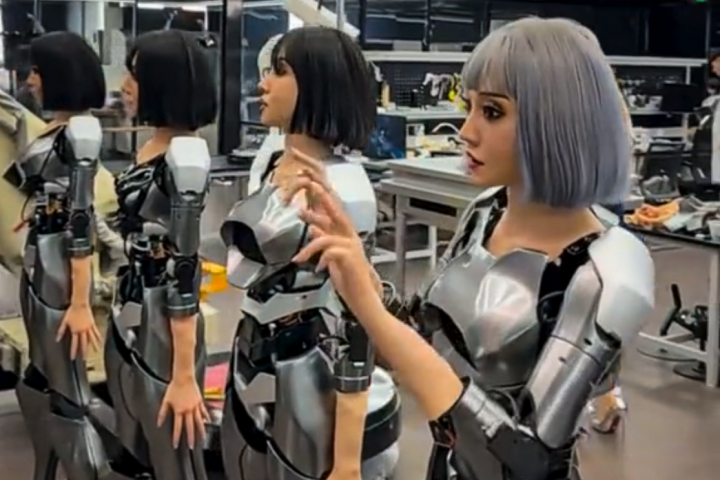"Create electricity, just by walking" is an evocative statement, and one which surely warrants some attention in these eco-efficient times when the need to seek alternative energy sources is well understood. Pavegen – a system for harvesting kinetic energy from foot traffic, and which the catchy soundbite belongs to – is now being put forward for crowd-funding through Kickstarter with the aim of raising enough money to fund two school projects, one in the U.S. and one in the U.K.
It was October 2011 when we first saw Pavegen detailed and demonstrated here on Gizmag. In a nutshell Pavegen is a system which converts the kinetic energy of people's footsteps into electricity. It manages this by utilizing tiles built into the floor which, when stepped on, harvest the energy created before storing it in lithium polymer batteries. This can then be used to power localized applications such as street lighting, shop signs, or alarms.
The system was described at the time as "a low carbon solution that aims to bring kinetic energy harvesting to the streets," and the company has enjoyed some success in achieving that aim thus far. There are three permanent installations in U.K. schools, and one made up of 12 tiles was installed at the London 2012 Olympic Games. However, in order to move the Pavegen project on, the company behind it has headed to Kickstarter.

Pledges start at US$3 and go up as far as $5,000. The lower figure makes you a "Pavegen Angel," while the higher figure would see you funding a full installation at a selected school. Everybody who backs the project will get to vote for a school of their choice, with the two gaining the most votes winning an installation of the Pavegen system. The video below explains all.
It should be noted that this is the kind of project Kickstarter was originally intended to house, with the backers contributing to a larger effort with world-changing aims instead of merely pre-ordering a new product.
Source: Kickstarter via Designboom










